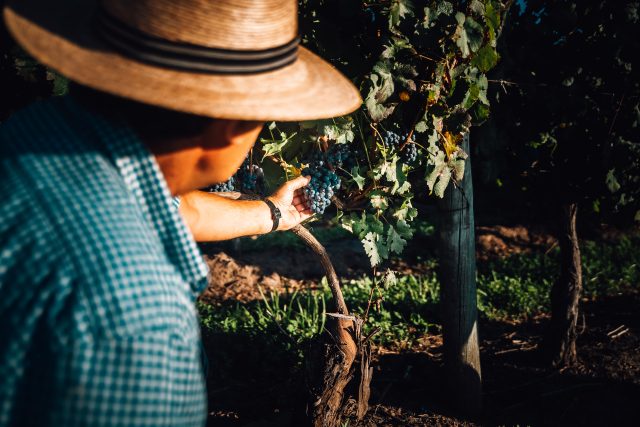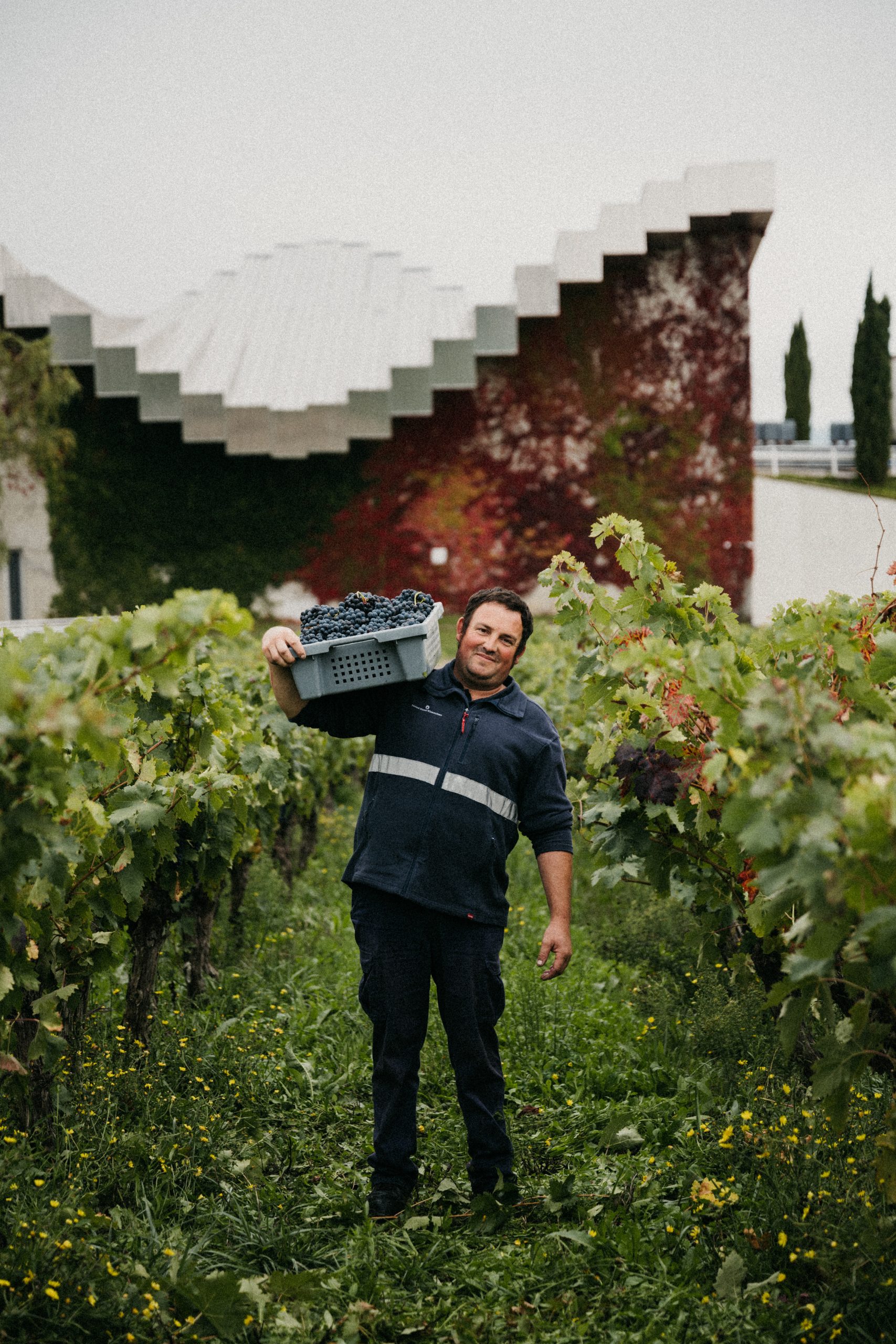History meets innovation in a “new era” for Uruguayan Tannat
Winemakers are increasingly experimenting with their Uruguayan Tannat, as evidenced by medals in db’s Autumn Tasting 2023.

Uruguayan Tannat plantings defy a global trend for border-hopping varieties. While most grapes are widely planted in several countries, Tannat has only two strongholds. Though southern French plantings around Madiran are the grape’s homeland, Uruguay is the only country in which it represents a significant proportion of output.
The minimal spread of the variety, especially compared to other French grapes, may be explained by its character. In southwest France, it is known for its intense, concentrated wines. Though capable of high-quality, the wines are often high in tannins and acidity and can require ageing to mellow the forceful character.
For Uruguayan producers, that reputation has presented an opportunity. Rather than aping an existing style, producers are welcoming a “new era” of Uruguayan Tannat, according Martina Litta, foreign export manager at the country’s National Institute of Viticulture.
Much like the success story of Argentinian Malbec, Uruguay can claim a unique spin on a French grape. The country’s approximately 1,700 hectares of Tannat are concentrated to its south. This region offers a climate quite unlike France, but also different to many South American archetypes.
Exposed to the Atlantic, the vineyards have a notable maritime influence. Though the weather is wetter, it is also milder, avoiding the threat of heat and drought while attaining ripe grapes. The oceanic influence also brings in cool air from the Southern Ocean, a key factor that keeps acidity in grapes that could otherwise prove too ripe.
Even slightly inland, the Río de la Plata and its basin mean that the vines never want for water. They also provide a complex sedimentary geology, ranging from dense fertile soils to pockets of rough pink granite, that allows sites for both large scale production and boutique wineries.
The biggest impact on style in Uruguayan Tannat, however, is the producers. Though geography guides their wines, bold choices are heralding the “new era” of Tannat.
Powerful, weighty Tannats are being replaced by lighter, juicier styles, often blending it with complementary grapes. With such natural richness, producers are turning to grapes that add a softer tone. Merlot is a popular option, its fleshy red fruit filling out the mid-palate without overloading on tannin, while Cabernet Franc adds a light, juicy quality.
Some producers are even following a Northern Rhône tradition, adding white grapes to their red blend. As in the fine wines of Hermitage, rich Viognier is increasingly being used, but there is also space for unusual blends such as Tannat with Petit Manseng.
There are also signs of a lower intervention approach. Oak barrels, used both for oxygenation and to add flavours, are no longer the assumed practice. Even when producers choose oak, the impact is increasingly subtle.
Instead of oak, several producers are choosing inert vessels such as concrete eggs and amphorae to add new character to their wines. Even the fermentation process is rife for experimentation. Producers are embracing characterful native yeasts and using carbonic maceration to create bright fruity styles.
Uruguayan Tannat has long been the country’s flagship wine, but its reputation is rapidly evolving for the 21st Century. It is opening new markets, and winning customers to other unusual styles: Albariño, Marselan and Uruguayan sparkling wine are all growing in renown. With a strong reputational base, Uruguayan producers are excited to share their “new era” with the world.
Partner Content
Several Uruguayan wines won medals at the drinks business Autumn Tasting 2023. A selection is featured below, with tasting notes from the judges.
Single Vineyard Tannat – Merlot

- Producer: Hacienda del Sacramento
- Region: Colonia
- Vintage: 2021
- Grape varieties: Tannat and Merlot
- ABV: 13.5%
- Approx. retail price: £25
- Medal: Silver
A deepish ruby in the glass, showing red and black cherry, undercut by a meaty note on the nose. The palate is dry, with fresh fresh acidity and medium weight, blending plump red forest fruits with peppery spice, cigar box and leather.
Tannat Viejo

- Producer: Vinos Finos H. Stagnari
- Region: Canelones
- Vintage: 2020
- Grape varieties: 100% Tannat
- ABV: 14.5%
- Approx. retail price: £15
- Medal: Silver
A deep wine in a modern style, that presents blackberry, blueberry and vanilla on the nose. It is an unapologetically big wine – dry, full-bodied and with velvety tannins – with deep, juicy berry notes and accents of cherry stone and earth.
Castel Pujol Folklore Tinto

- Producer: Cerro Chapeau
- Region: Rivera
- Vintage: 2022
- Grape varieties: 80% Tannat and 20% Petit Manseng
- ABV: 13%
- Approx. retail price: £15
- Medal: Silver
Plenty of juicy berry fruit to enjoy on the nose, with strawberries and redcurrants at the forefront. The palate has good length and well integrated acidity, resulting in a supple but bright wine full of forest fruits and touches of citrus.
Albariño Sobre Lías

- Producer: Cerro del Toro
- Region: Maldonado
- Vintage: 2022
- Grape varieties: 100% Albariño
- ABV: 12.5%
- Approx. retail price: £23
- Medal: Silver
A pale lemon-yellow, but with ripe aromatics reminisecent of yellow plums, golden apples and orange blossom. Just dry on the palate, but balanced by very fresh acidity and a light body. Lemon zest, green apple and chalk through to a persistent finish.
Related news
Zuccardi Valle de Uco: textured, unique and revolutionary wines
Non-vintage is ‘putting together a puzzle’ says Champagne Lallier




